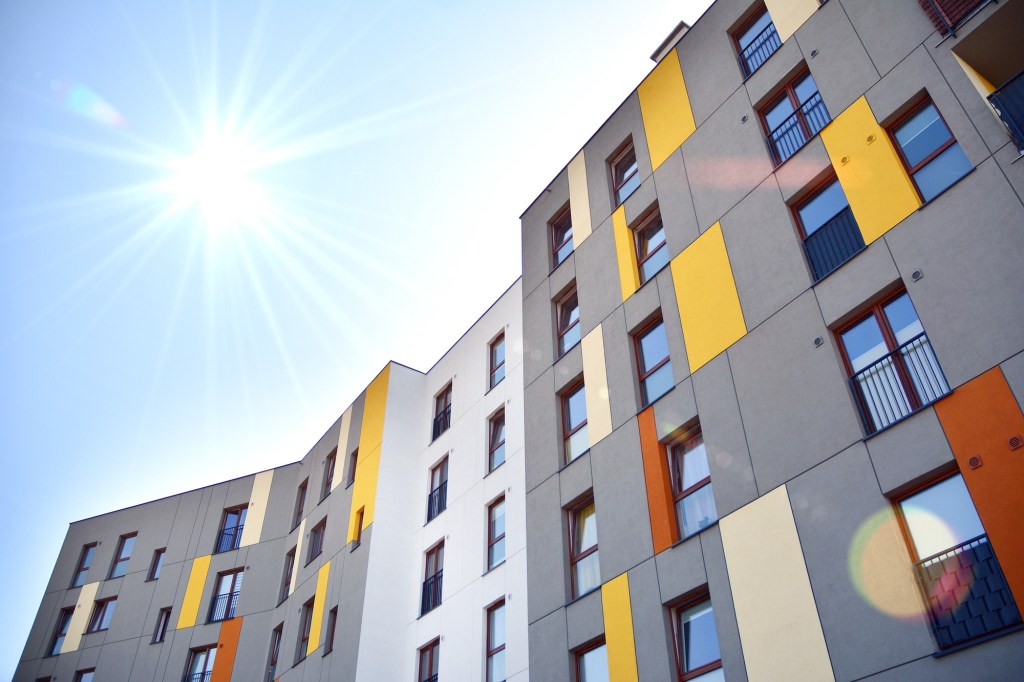With the nation seeing high interest rates and home prices as well as limited for-sale inventory, the economics continue to favor renting versus owning. According to Newmark’s U.S. Multifamily Capital Markets Report for the first quarter, the spread between homeownership and rental costs was $824, up 18.4% year over year.
Here are 10 additional takeaways from Newmark for the multifamily sector in the first quarter:
- Leasing demand surged in the first quarter, with 103,826 units absorbed. According to Newmark, this represented the largest first quarter total since 2000 and outpaced the long-term average for the quarter—38,005 units. In addition, the rolling four-quarter demand increased to 317,241 units, the highest since 2022’s second quarter;
- The South continues to be a leader for multifamily, with the region accounting for 58.2% of leasing demand in the first quarter. The top five markets for demand for the quarter included Dallas; Phoenix; Austin, Texas; Atlanta; and Houston. The region also led the way for on a trailing 12-month basis, with three Texas markets occupying the top four spots—Houston, Dallas, and Austin;
- At an all-time quarterly high, 135,652 units were delivered in the first quarter; deliveries are accepted to remain high for the second and third quarters before decelerating in the fourth quarter;
- Rolling four-quarter starts and permits dropped 25.9% and 35.3%, respectively, from the peak in 2022’s third quarter;
- Vacancies increased 66 basis points to 5.9% nationally, the ninth consecutive quarterly increase; however, the rate of growth is slowing on an annualized basis;
- Quarterly rent growth declined to -0.1%, and year-over-year growth remained flat. However, Newmark expects rent growth to increase throughout the year as new supply slows in the second half, reaching 2% year over year;
- Multifamily debt originations, at $33.1 billion, declined to their lowest levels since 2015. However, the report noted a positive sign. “While recent activity has been anemic compared to pre-pandemic levels—let alone the recent peak—there is a silver lining that [first quarter] originations were down just 7% year over year, suggesting that activity may be close to bottoming;”
- The government-sponsored enterprises and banks remained the largest lenders, despite originations declining 17% and 39%, respectively. In addition, commercial mortgage-backed securities surged in the quarter with a 517% year-over-year increase;
- $669 billion in multifamily loans will mature between this year and 2026, with banks accounting for 46% of debt maturities; and
- Investment sales volume, totaling $20.6 billion for the quarter, decreased 25.3% year over year. Volume on a rolling four-quarter basis also declined to $113 billion, the lowest point since 2014’s fourth quarter and 42.2% below the long-term average.
